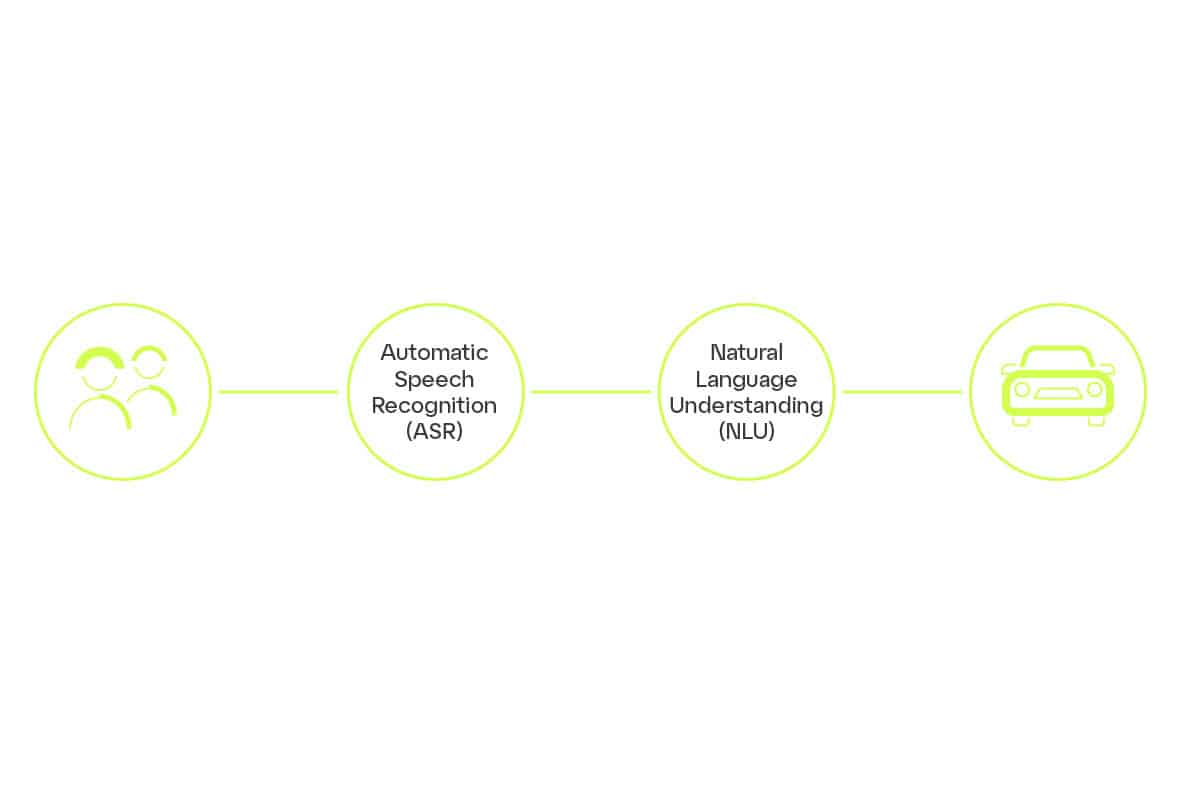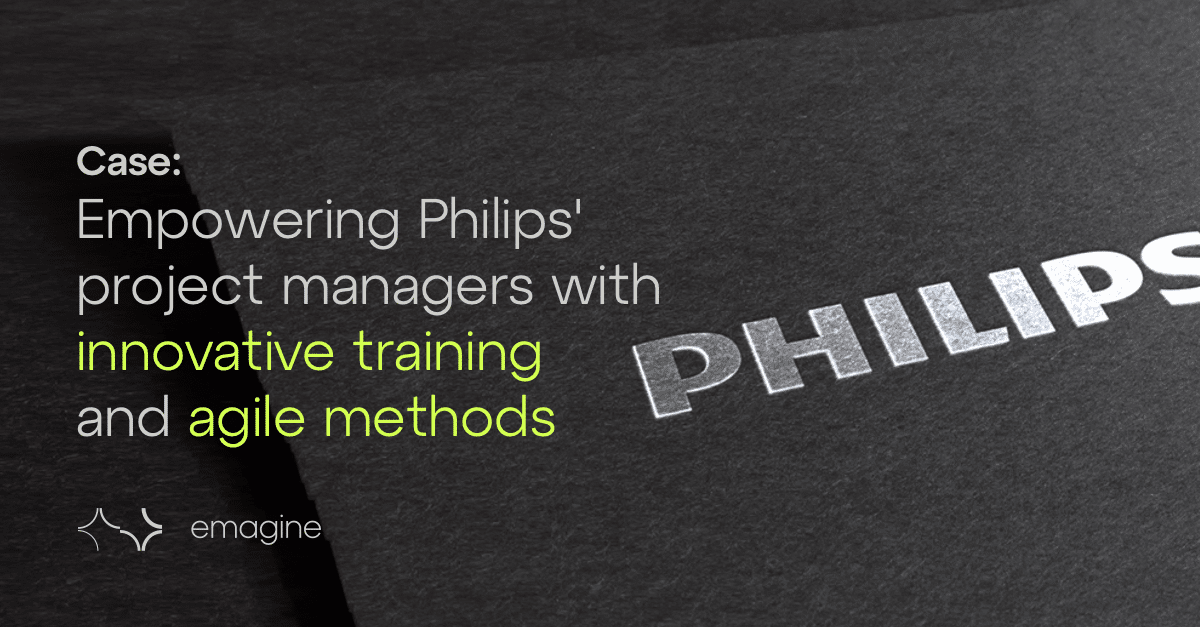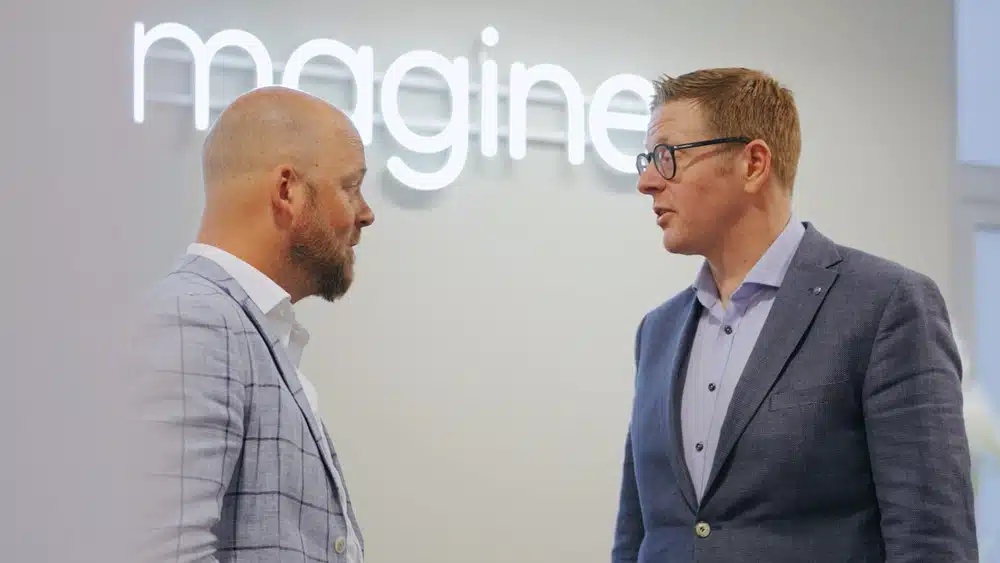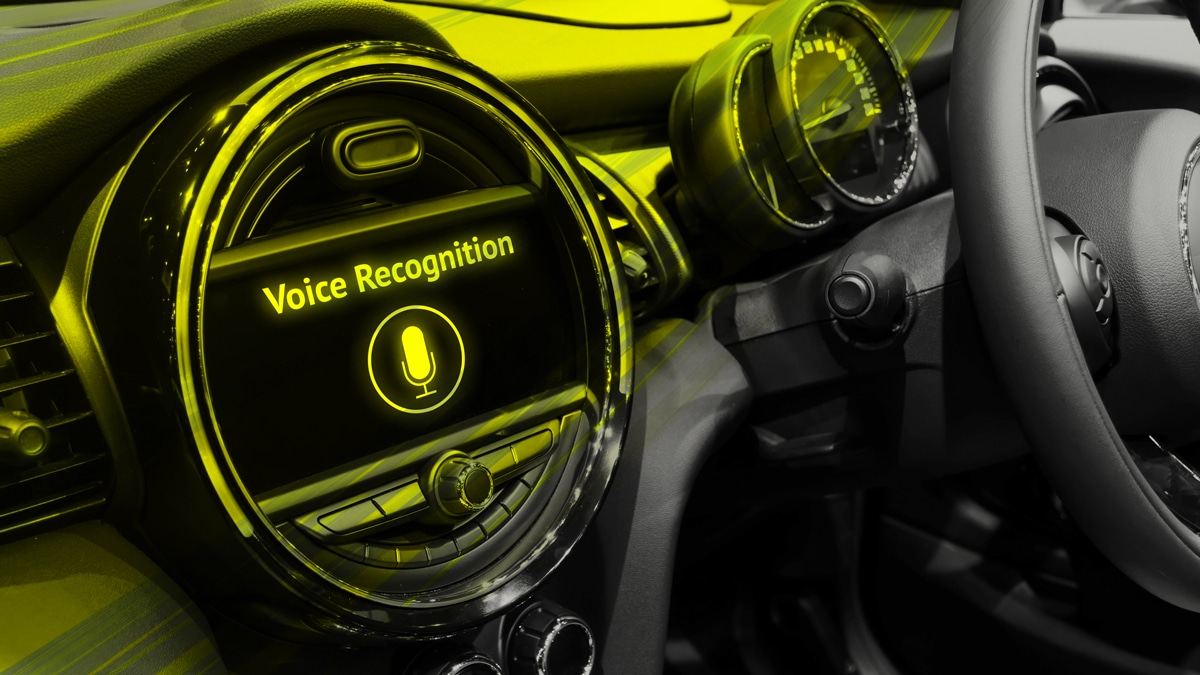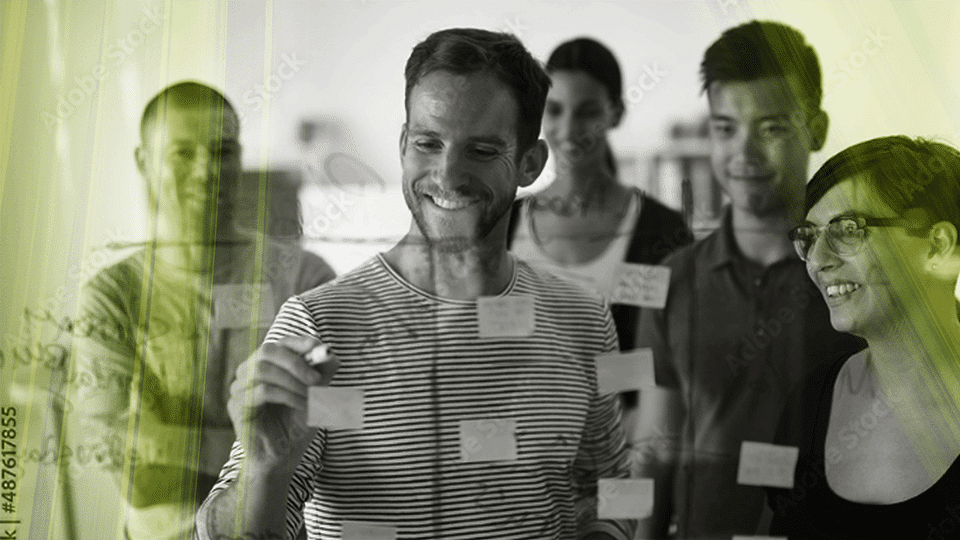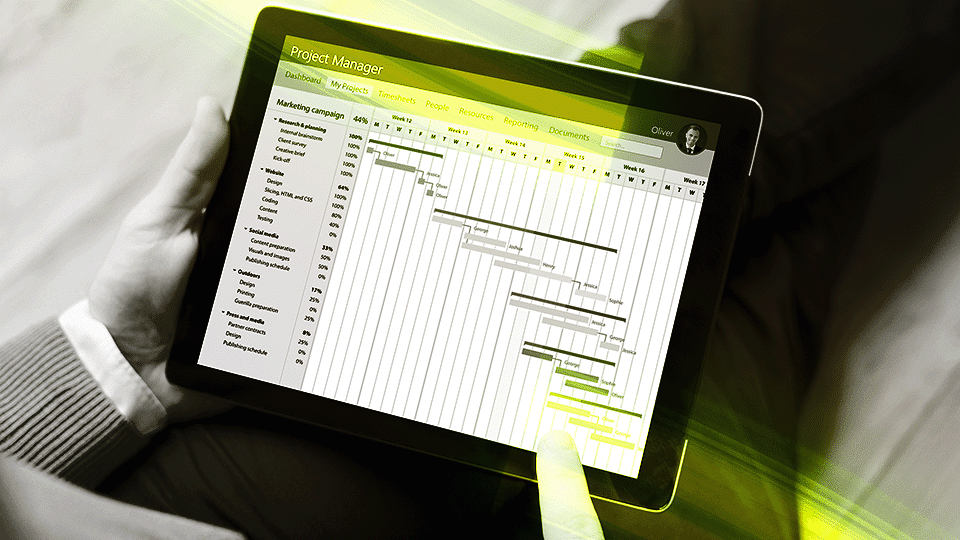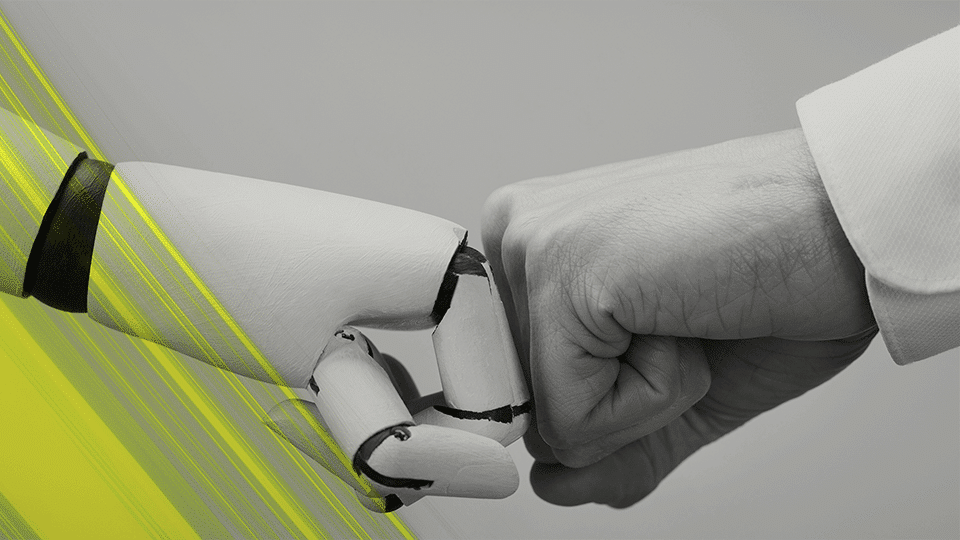Ask us how we can help you succeed.
Since 2019, emagine has been backing prominent automotive and software manufacturers in implementing voice recognition within vehicles, with its dedicated team comprising computer linguists, developers, and data scientists.
Approximately 50% of drivers currently utilize voice commands while in their vehicles, employing them to control the navigation system, initiate playlists, or receive spoken news updates. Similar to the smart home environment, language assistants integrated into vehicles rely on advanced and extensively tested language models to guarantee accurate comprehension and execution of voice commands.
From speech to text, from code to action
For a vehicle computer to accurately comprehend and flawlessly execute voice recognition, it requires the appropriate voice data and data models. This necessitates the conversion of voice inputs into a technically processable format. Through this process, speech transforms into actionable commands.








